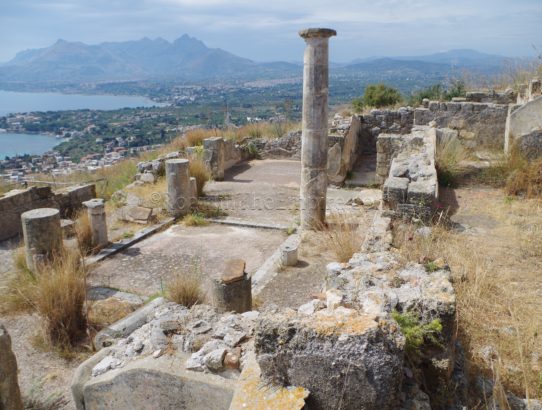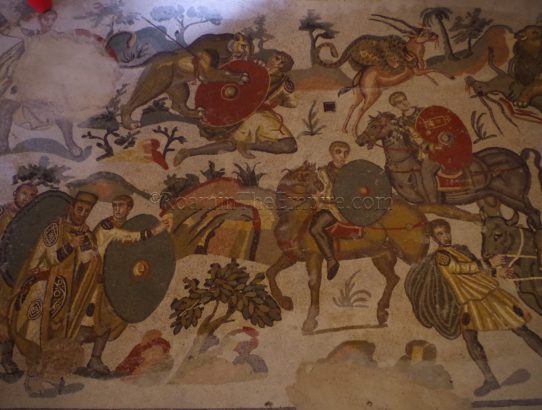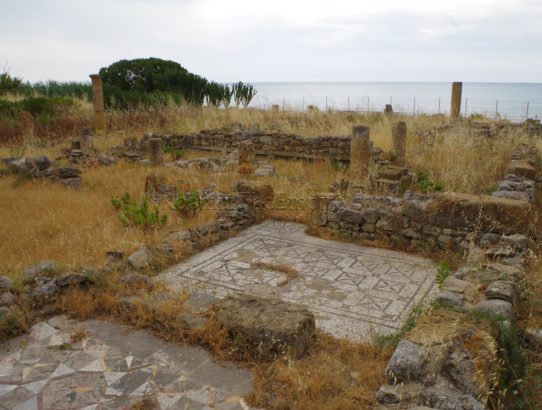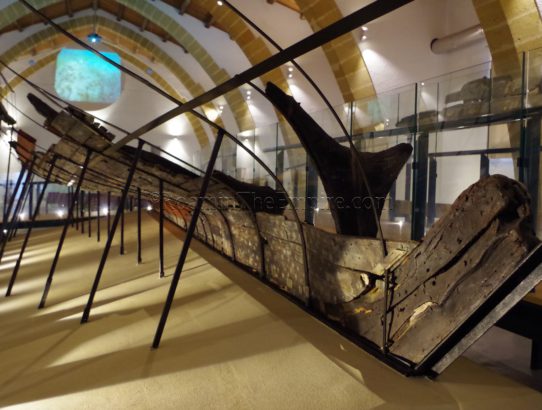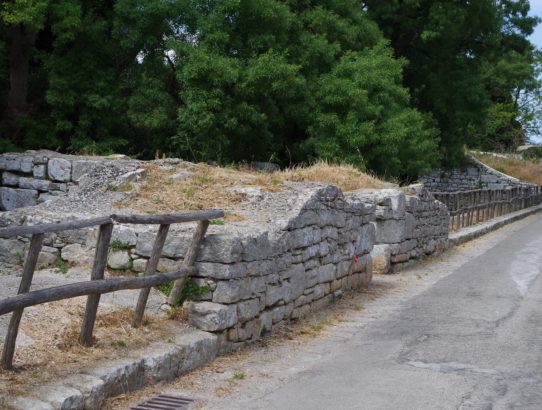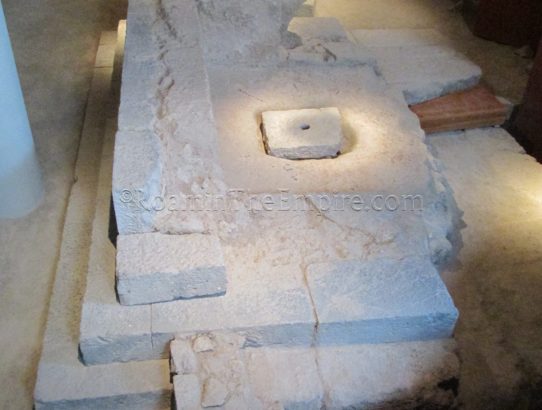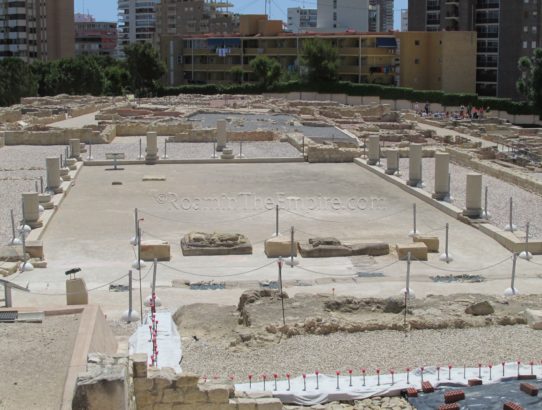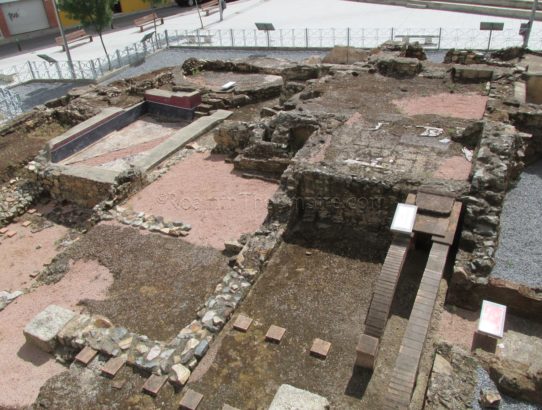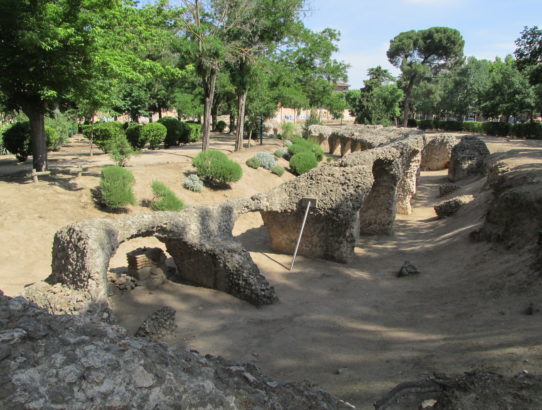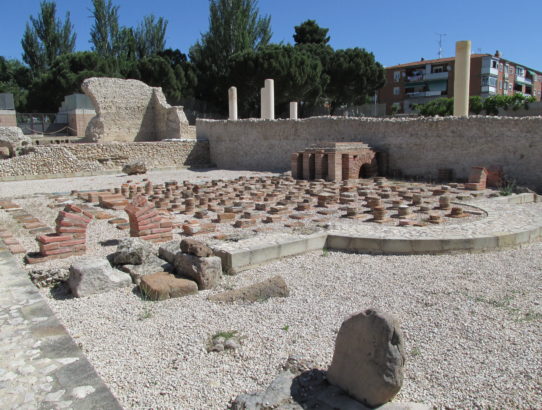Soluntum, Sicilia
Most Recent Visit: June 2017. Located about 15 kilometers west of Palermo, on a low plateau of Monte Catalfano, are the remains of the town of Soluntum (also called Solus or Soloeis during Punic control). Like nearby Panormus and Motya, Soluntum seems to have been founded by Phoenician traders prior to the end of the…
Read More


